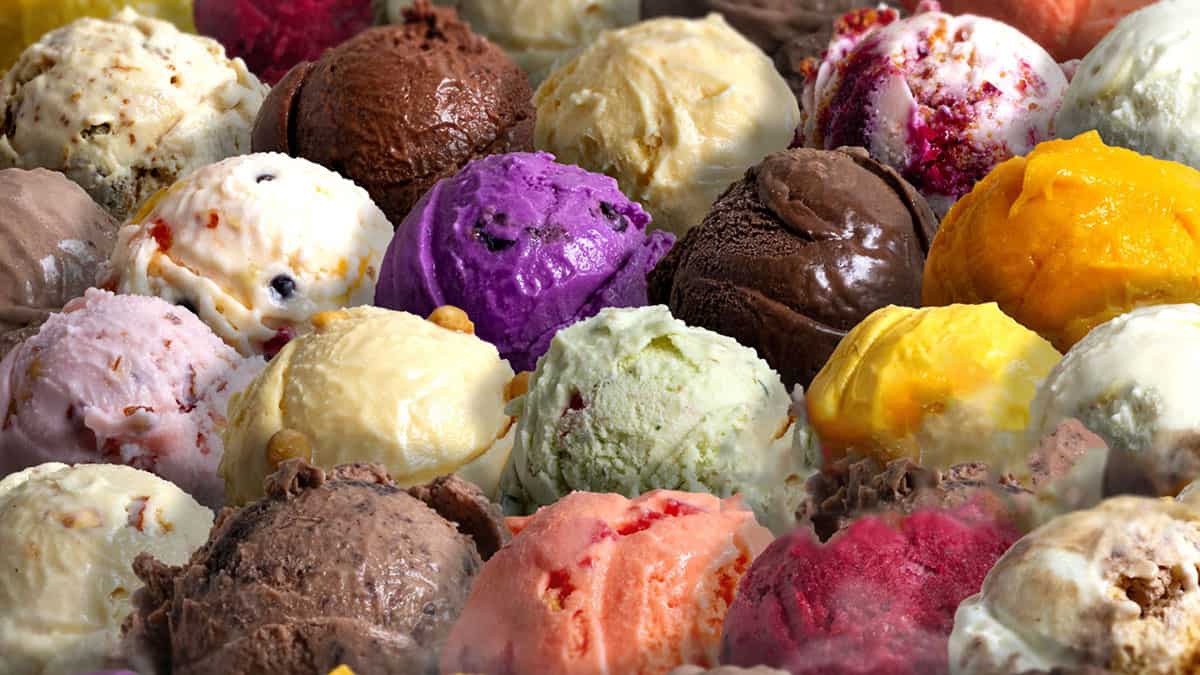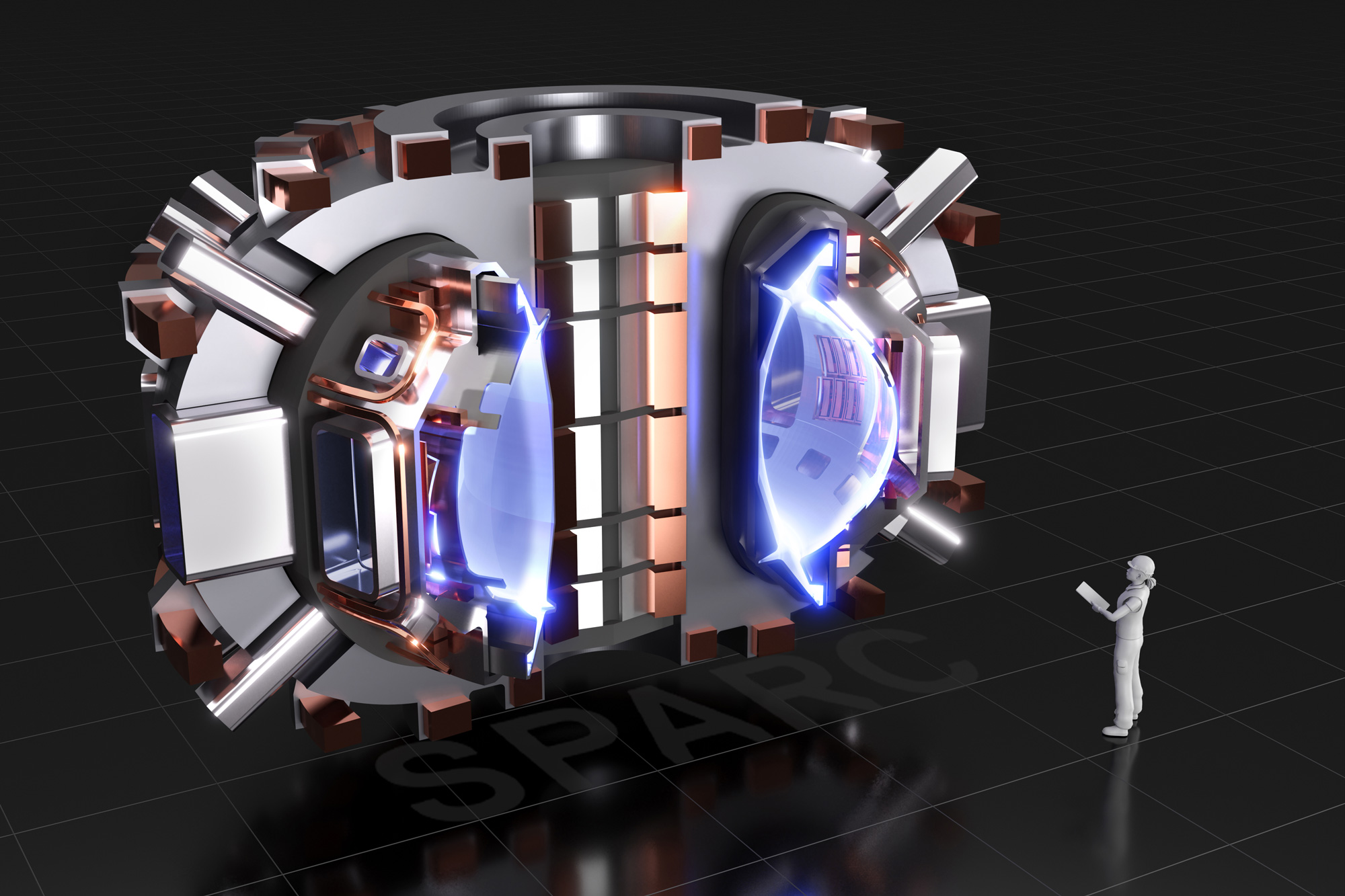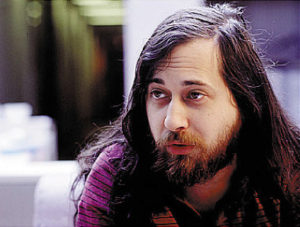
A physicist’s guide to ice cream: the complex science behind one of the world’s most popular desserts – Physics World
Ice cream has a simple ingredient list – just cream and sugar, but as anyone who’s tried to make it knows, this frozen dessert can easily become a sticky, icy mess. Food scientist Douglas Goff explains how lessons from materials science can teach us how to make the perfect scoop
What exactly is ice cream? For most of us, it’s a tasty frozen dessert, but to food scientists like Douglas Goff, it’s also a marvel of physics and chemistry. Ice cream is a complex multiphase material, containing emulsion, foam, crystals, solutes and solvent. Whether made in a domestic kitchen or on a commercial scale, ice cream requires a finely tuned ratio of ingredients and precision control during mixing, churning and freezing.
Goff is a researcher in food science at the University of Guelph in Canada and an expert in the science of ice cream. In addition to his research studying, among other things, structure and ingredient functionality in ice cream, Goff is also the instructor on the University of Guelph’s annual ice-cream course, which, having been taught since 1914, is the longest-running at the university.
In a conversation with Physics World’s Hamish Johnston, Goff explains the science of ice cream, why it’s so hard to make vegan ice cream and how his team performs electron microscopy experiments without their samples melting.




















.png)

